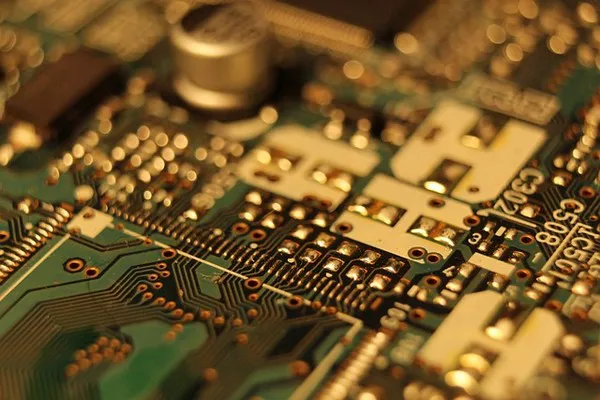In the realm of electrical engineering and safety, the classification of electrical equipment is a crucial aspect that ensures proper usage, installation, and maintenance. Electrical equipment is categorized into different classes based on its design, construction, and suitability for specific applications. This classification system is vital for both the safety of individuals working with electrical systems and the reliability of the equipment itself.
Class I Electrical Equipment
Class I electrical equipment is designed with an emphasis on user safety and includes appliances with a metal casing or an earth connection. The primary characteristic of Class I equipment is the presence of an earth connection, which serves as a protective measure against electric shock. This class is typically found in household appliances such as refrigerators, washing machines, and stoves. The grounding feature ensures that any electrical faults are directed away from the user, minimizing the risk of electrocution.
Class II Electrical Equipment
Class II electrical equipment, also known as double-insulated equipment, is designed with an extra layer of insulation or reinforced insulation to provide protection against electric shock. Unlike Class I equipment, Class II devices do not rely on an earth connection for safety. This class is often found in smaller electronic devices like power tools, handheld appliances, and certain types of lighting fixtures. The absence of a reliance on grounding makes Class II equipment suitable for environments where grounding may be challenging or not feasible.
Class III Electrical Equipment
Class III electrical equipment comprises devices that operate at a low voltage, typically less than 50 volts. The design of Class III equipment aims to minimize the risk of electric shock. Examples of Class III equipment include low-voltage lighting systems, communication devices, and other electronic equipment that operates on low-voltage power sources. These devices are considered safer for use in specific applications due to the reduced risk of electric shock associated with lower voltage levels.
Understanding IP Ratings
In addition to the class of electrical equipment, understanding the Ingress Protection (IP) ratings is crucial, especially in industrial and outdoor settings. IP ratings indicate the degree of protection an electrical enclosure provides against the ingress of solid particles and water. The IP rating is expressed as a two-digit number, where the first digit represents the protection against solids, and the second digit represents protection against liquids.
For example, an electrical enclosure with an IP65 rating offers complete protection against dust (6) and is resistant to low-pressure water jets (5). This information is essential for selecting the appropriate electrical equipment for specific environments, such as manufacturing facilities or outdoor installations, where exposure to dust, water, and other elements is a concern.
Importance of Electrical Equipment Classes in Safety
The classification of electrical equipment is not just a matter of categorization; it plays a pivotal role in ensuring the safety of individuals and the proper functioning of the devices. Adhering to the designated classes helps in:
Risk Mitigation: Each class of electrical equipment is designed with specific safety features to mitigate the associated risks. Understanding and adhering to these classifications reduce the likelihood of electrical accidents, such as shocks and fires.
Compliance with Regulations: Regulatory bodies and standards organizations, such as the International Electrotechnical Commission (IEC) and the National Electrical Manufacturers Association (NEMA), establish guidelines and standards for the manufacturing and use of electrical equipment. Adhering to these standards is crucial for compliance with safety regulations.
Equipment Selection: Knowing the class of electrical equipment assists in selecting the right devices for specific applications. Whether it’s for residential, commercial, or industrial use, choosing equipment that aligns with the required safety measures ensures optimal performance and longevity.
Installation and Maintenance: Electricians and maintenance professionals rely on equipment classifications to properly install and maintain electrical systems. Understanding the safety features associated with each class guides professionals in implementing the necessary precautions and protocols during installation and maintenance procedures.
See Also What Type Of Fire Extinguisher To Use On Electrical Equipment
Conclusion
In conclusion, the classification of electrical equipment into different classes is a fundamental aspect of electrical engineering and safety. Class I, Class II, and Class III equipment, each with its unique characteristics, serve specific purposes in various applications. Additionally, understanding IP ratings further enhances the knowledge needed to select and install electrical equipment in diverse environments.
Prioritizing safety through adherence to electrical equipment classes not only protects individuals from the hazards of electric shock but also ensures the reliable and efficient operation of electrical devices. As technology continues to advance, staying informed about these classifications remains essential for professionals and enthusiasts alike, contributing to a safer and more robust electrical infrastructure.

